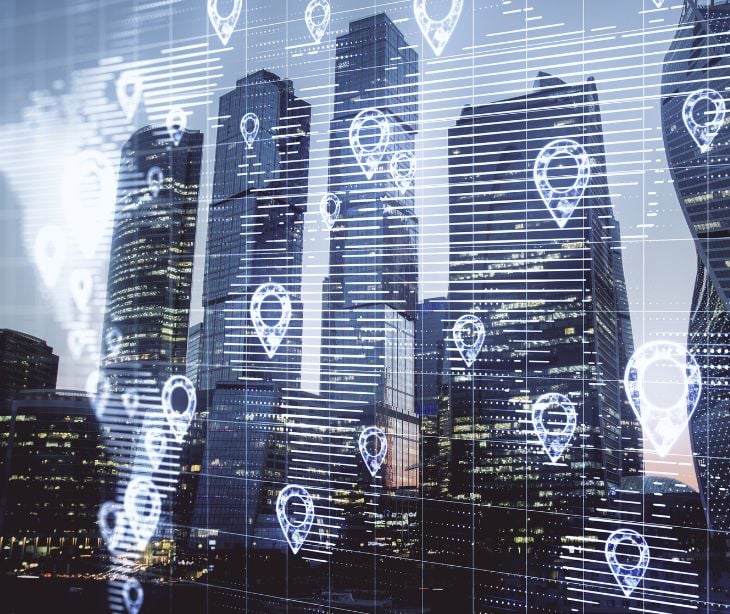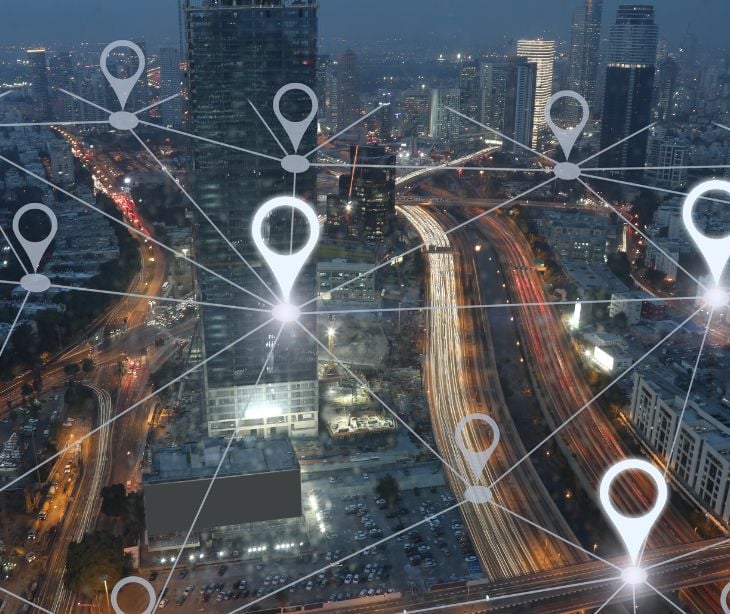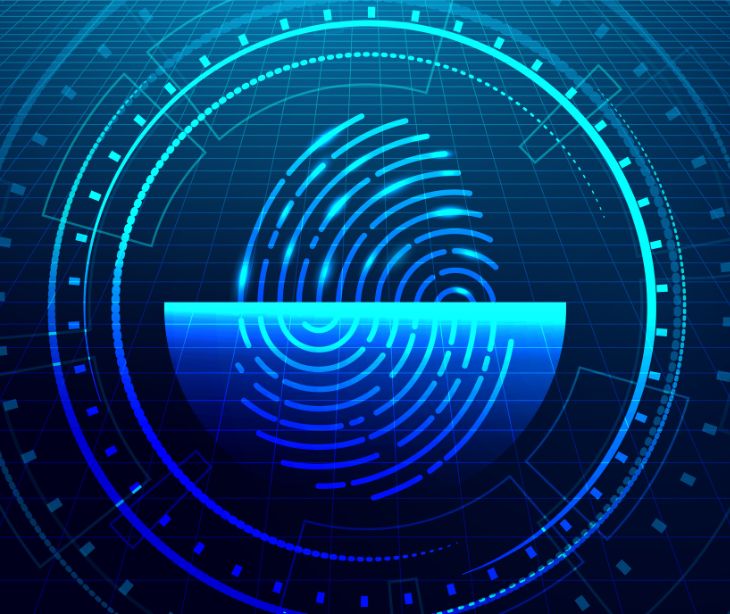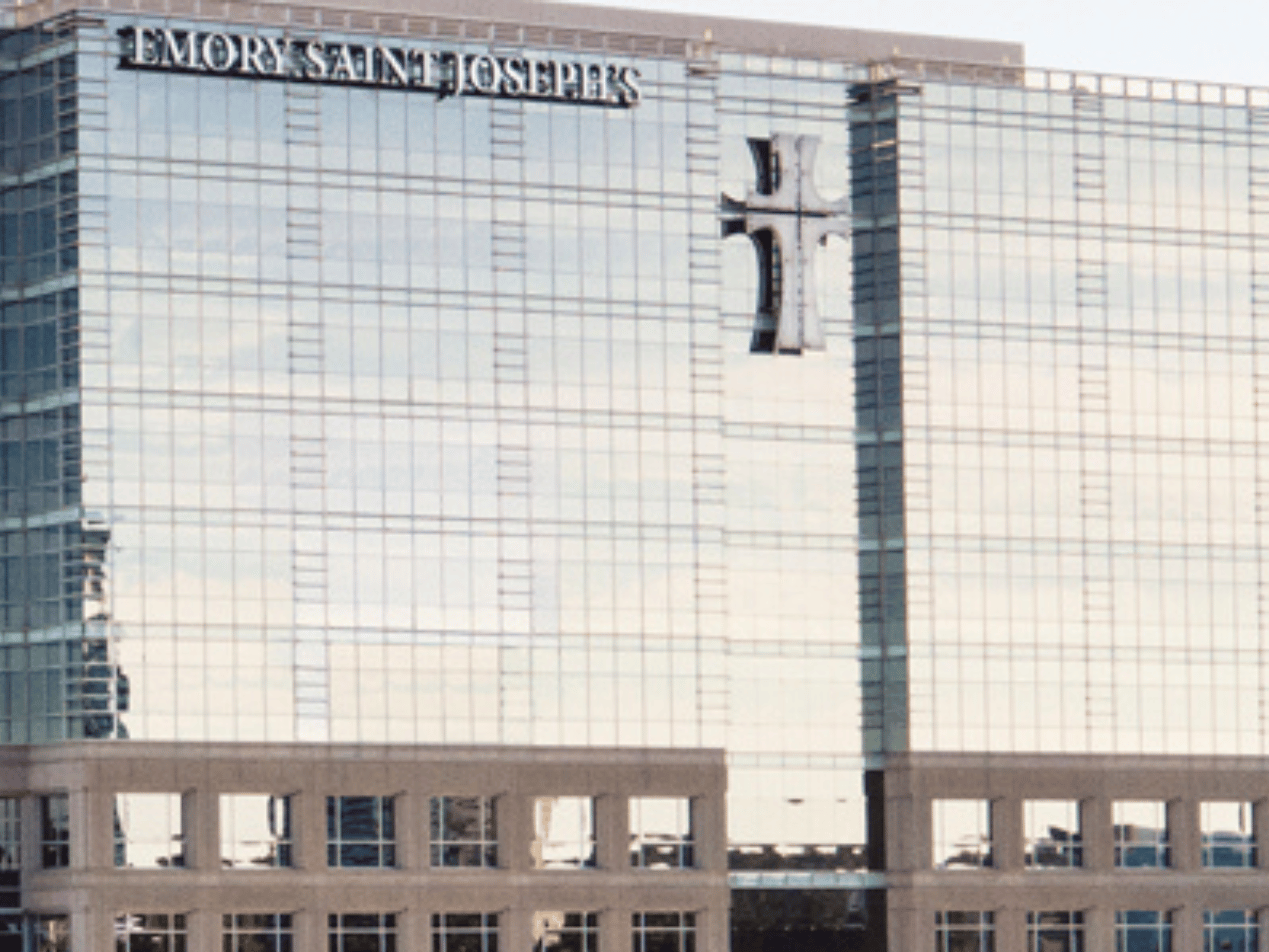
With the geofencing market estimated to grow by $1.7 billion in 2024, it plays a significant role in the ever-evolving cybersecurity market. Geofencing in healthcare settings specifically involves setting virtual geographic boundaries using GPS or RFID technology to create defined zones within or around healthcare facilities. This technology actively monitors and manages access to sensitive areas and patient information. When implemented in a hospital or clinic, geofencing can trigger specific actions or alerts when a device, such as a healthcare professional's tablet or a patient monitoring device, enters or leaves the geofenced area.
How does geofencing enhance cybersecurity in healthcare?
Geofencing enhances cybersecurity in healthcare by creating virtual boundaries around sensitive data and IT systems. When this technology is implemented, it triggers real-time alerts if unauthorized attempts are made to access healthcare systems from outside the predefined geographical perimeter. This proactive approach secures patient data from external breaches and helps monitor and control access within the healthcare facility. By integrating with other security protocols, geofencing ensures that only authorized personnel can access necessary data.
See also: HIPAA Compliant Email: The Definitive Guide
Application of geofencing
Geofencing in cybersecurity is a proactive tool that leverages geographical location to enhance security protocols. It provides a dynamic layer of security that adapts to the physical movements of devices and personnel. A broader view of its application includes:
Setting virtual boundaries
In geofencing, a virtual perimeter is set around a physical location. This boundary is defined within the cybersecurity system using geographical coordinates or map interfaces. The size and shape of this geofenced area can vary depending on the requirements – it could be as small as a single room or as large as an entire campus.
Integration with security systems
The geofence is integrated into an organization’s security infrastructure. This integration allows the system to interact with other security components, like access control systems, intrusion detection systems, and network security solutions.
Real-time location tracking
When a device, such as a smartphone, tablet, or laptop, enters or exits the geofenced area, its location is tracked through GPS, Wi-Fi, or RFID technologies. The device’s location data is continuously compared with the defined geofencing parameters.
Triggering actions and alerts
Various actions can be triggered based on the predefined rules associated with the geofence. For example, if an employee’s device leaves the geofenced area, it could automatically log out of secure systems or restrict access to sensitive data. Similarly, the system can alert security personnel or trigger alarms if an unauthorized device enters the geofenced area.
Enhancing data security
In cybersecurity, geofencing is particularly useful for protecting sensitive information. Access to certain data can be restricted within a geofenced area, ensuring that only authorized personnel in specific locations can access this information.
Compliance and policy enforcement
Geofencing helps in enforcing policies and compliance with regulatory requirements. For instance, it can ensure that data is not accessed or transferred outside a specific geographical boundary, adhering to data sovereignty laws.
Anomaly detection
Geofencing can help identify anomalies by monitoring the usual patterns of device locations. For instance, if a device that typically operates within a geofenced area is suddenly used in a different country, it could indicate a potential security breach.
Use in various sectors
Apart from business IT environments, geofencing has applications in various sectors, such as retail, where it can secure point-of-sale systems, and government facilities, which can restrict access to confidential information.
See also: What is geofencing and when is it effective?
Integration with other healthcare security protocols
Geofencing sets up virtual perimeters that ensure sensitive patient data is accessed only within secure locations, thereby aligning with HIPAA's requirements for physical safeguards. When integrated with data encryption, geofencing adds a layer of security.
This protects data during transmission and controls where data can be accessed, preventing potential breaches even if the encryption is compromised. In terms of network security, geofencing enhances protection by restricting network access to predefined geographical areas.
It also plays a beneficial role when network credentials are stolen and unauthorized access from outside the geofenced area is automatically blocked, thus mitigating the risk of remote cyber attacks. Together, these integrated measures form a comprehensive security approach that not only safeguards patient data but also reduces the overall risk of data breaches in healthcare settings.
See also: Strategies for managing and tracking PHI disclosures
FAQs
What is unauthorized access?
When someone views or uses data without proper permission.
What is a VPN?
A virtual private network is a secure connection that protects online privacy by encrypting data and masking your IP address.
What are restricted perimeters?
Secure, controlled areas where access is limited to authorized individuals to protect patient data.
Subscribe to Paubox Weekly
Every Friday we'll bring you the most important news from Paubox. Our aim is to make you smarter, faster.




